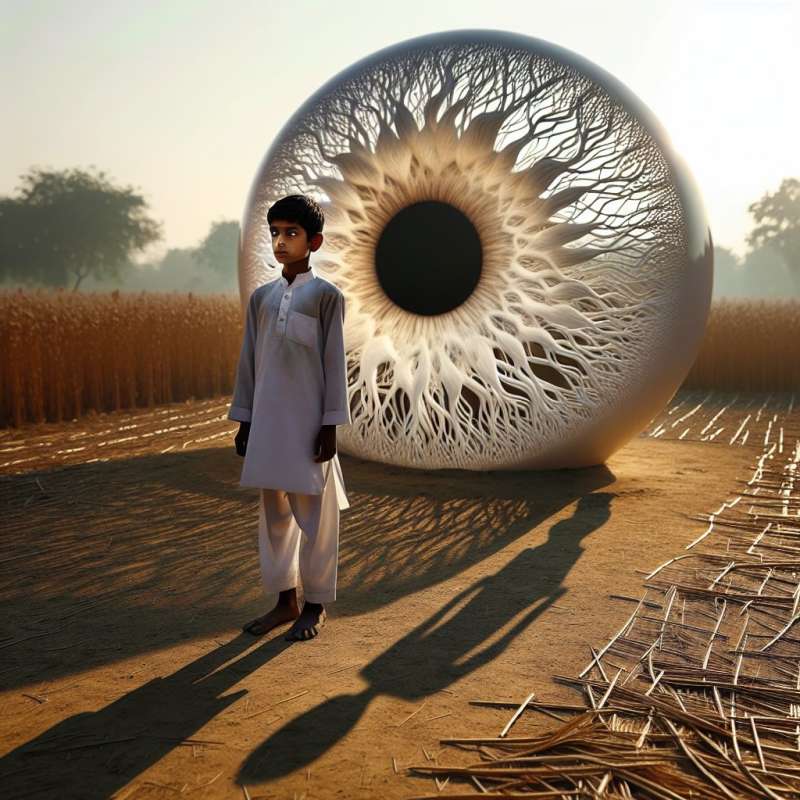
Introduction to Photoreceptors
Our eyes contain photoreceptors called rods and cones. These cells translate light into electrochemical signals that the brain can interpret, forming our visual perception.
Rods: Night Vision Experts
Rods are highly sensitive to light, enabling us to see in low-light conditions. Surprisingly, there are about 120 million rods in a human eye, but they don't discern colors.
Cones: Color and Clarity
Unlike rods, cones require more light and are responsible for high-resolution vision. Humans have approximately 6 million cones, specialized in red, green, or blue light detection.
Distribution and Ratio
Rods and cones are not evenly distributed. The fovea, responsible for sharp central vision, exclusively contains cones. The ratio elsewhere is 20 rods for every cone.
Rods' Surprising Adaptability
Rods can't detect color, yet they adapt to darkness in around 30 minutes, a process known as 'dark adaptation,’ enhancing night vision remarkably.
Color Vision's Evolution
Interestingly, most mammals have two types of cones, but primates evolved a third type, expanding their color vision spectrum. This trichromacy distinguishes them from other mammals.
Visual Perception Limitations
Human vision has limitations. Rods do not contribute to high acuity vision, and we have a blind spot where the optic nerve leaves the eye, devoid of any photoreceptors.Birds' UV Vision
Some birds have photoreceptors that detect ultraviolet light, enabling them to see a spectrum invisible to humans.
What cells translate light visually?
Photoreceptors
Optic nerve fibers
Neural connectors
Company